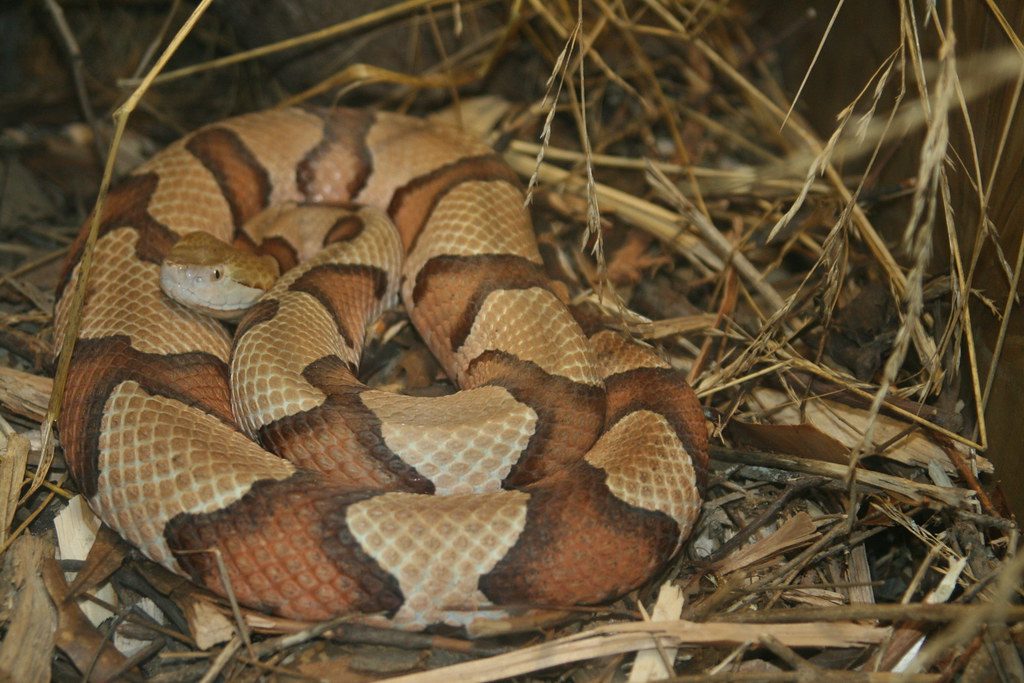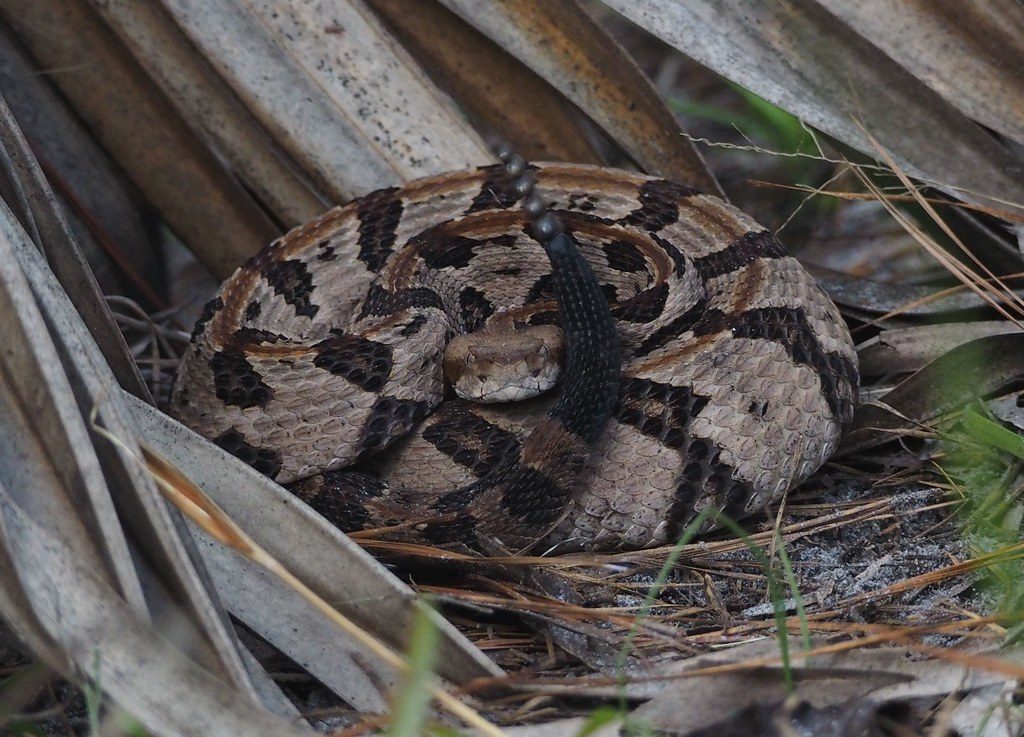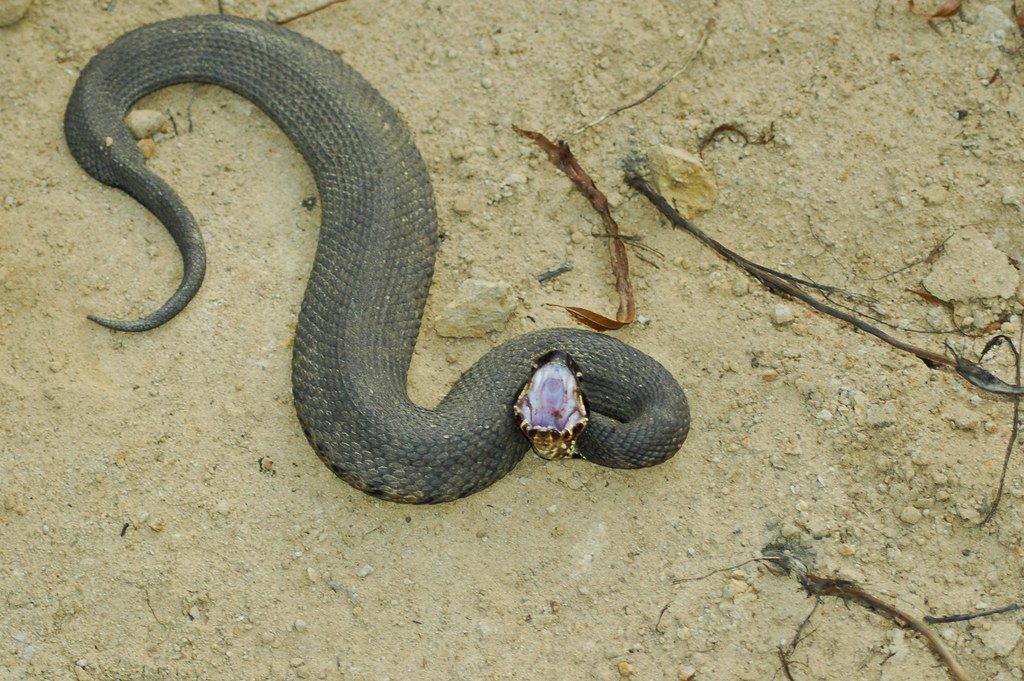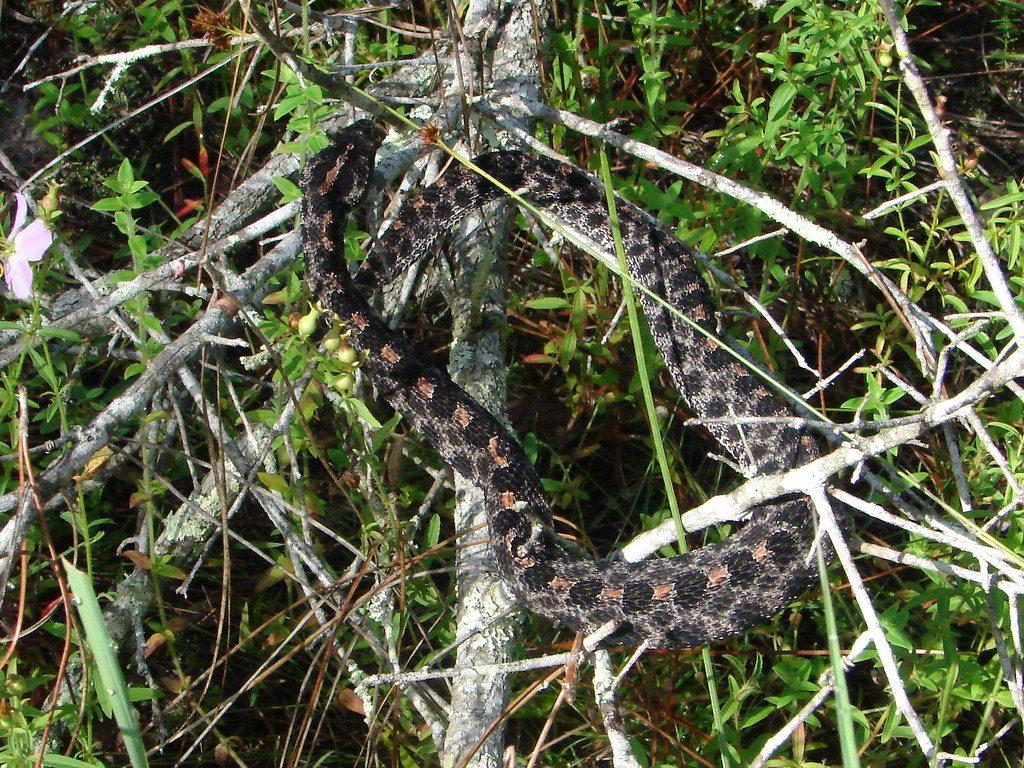What do you do when you see a snake out on the trail?
If you’re like a lot of people, you probably initially do one or all of these things:
- Freeze
- Shriek or yell, maybe even tossing some profanities into the mix
- Take a few steps backward
- Wet your pants (Oh, just me?)
Once your regain composure and your rational brain begins to reassert itself, you probably start to run through a list of questions:
- What kind of snake is that?
- Is it poisonous?
- Will it try to attack me?
- What should I do?
According to National Geographic, our fear of snakes probably has nothing to do with their widely-agreed upon ickiness. Rather, many humans are actually innately afraid of snakes, which is likely a result of thousands of years of evolution dating back to our early ancestors’ need to survive outside.
If you’re one of those rare folks who actually doesn’t hate snakes (or even keeps one as a pet), you were likely raised by someone who also wasn’t stressed about slithering.
While it’s good to know that we’re not all just being scaredy cats, this info doesn’t help us know what to do when we actually stumble upon a snake. That’s why we’ve created this guide for how to recognize Tennessee’s dangerous snakes and, more importantly, how to react to them.
Snakes in Tennessee
There are 32 types of snakes that are native to the state of Tennessee, and nearly all of them are totally harmless. Because snakes are shy and reclusive by nature, chances are they’ll try to stay far away from people. You’ve heard it a thousand times and it really is true: they’re more scared of you than you are of them.
Of those 32 native snakes, only four of them are dangerous. That means that when you see a snake, it’s more than likely to be nonvenomous. However, on the rare occasion that you do encounter a venomous snake, you need to know what to look for.
Some quick ways to tell if a snake is venomous are to look for an angular head, vertical pupils and a “pit” between the eyes and nostrils. These aren’t fool proof signs, but are a good place to start.
Here’s an overview of this region’s snakes to look out for:
Copperhead

- Where: East Tennessee, in woods near streams or wetlands
- Behavior: Shy
- Bite: Least venomous of Tennessee’s poisonous snakes, bites are rarely fatal
- Identifying features: Usually light brown or gray, hourglass shaped stripes, flat angular head
Photo by Wendell Reed
Timber Rattlesnake

- Where: East Tennessee, remote places in the woods near streams, often found curled up near fallen logs or sunning on rocks
- Behavior: Usually avoid contact with humans, will warn with rattle before striking – listen for them!
- Bite: One of the most venomous snakes in North America because of its long fangs and high venom yield
- Identifying features: Shades of brown with tail that fades to black, rattle can often be heard before you see the snake
Photo by killkudzu
Cottonmouth (aka Water Moccasin)

- Where: Central and West Tennessee, aquatic habitats
- Behavior: Not aggressive, will often flee in a random direction, often open mouth wide to reveal white lining
- Bite:
- Identifying: Dark brown to black with stripes that may or may not be visible, white upper lip, wide flat body
Pygmy Rattlesnake

- Where: West Tennessee and on the Highland Rim along the Tennessee River, very rare and considered threatened by TWRA
- Behavior: Usually very shy
- Bite: Venom is generally not powerful enough to be fatal
- Identifying: Small and colorful, thin tail and a tiny rattle which can sound more like a buzzing insect than a rattlesnake, body is gray or tan with black stripes
Photo by mbarrison
What to do when you see a snake:
- Give it some space! Many snakes will flee, but if it coils in an S shape or rattles at you, it’s scared and warning you to back off.
- Try to determine whether it’s venomous or nonvenomous using the identifiers we mentioned above. (Either way, you should still leave it alone.)
- If the snake is in the trail you’re on, give it a wide berth as you pass. If that means going off-trail, make sure to watch your feet carefully lest you surprise yet another snake!
What NOT to do when you see a snake:
- First of all, don’t panic! There’s just no need.
- Don’t try to approach, touch or move the snake. Most snake bites occur when a snake feels threatened because a person gets too close.
- Don’t kill it! Killing any native snake (venomous or non) is illegal in Tennessee. The only exception is if a snake is threatening you in your home, or if it’s threatening livestock.
What to do (and what not to do) if you get bitten by a snake:
- Again, don’t panic! Remaining calm will help you to think clearly and may cause the venom to spread more slowly.
- Move away from the snake to avoid additional bites.
- Try to identify the snake and remember what it looked like.
- Note the time of the bite.
- Do not make a tourniquet! This is not recommended for ANY injuries in the outdoors, as it can often cause more harm than good.
- Do not try to suck the poison out or bleed the bite. These are little more than old wives tales and are not effective.
- If you are on a multi-day trip and you are confident that the snake was nonvenomous, just remember to clean the snake bite to avoid infection.
- Otherwise, get to your car and drive to the nearest hospital to receive anti-venom. Not all hospitals stock this medicine, so call ahead if possible.
The bottom line? It’s totally acceptable to feel squirmy about snakes. However, these reptiles are crucial to our ecosystem and even help keep other pesky critters (like rodents!) in check. Capturing, keeping and killing snakes, even venomous ones, is unlawful and unfair considering that typically when we encounter snakes, we’re in their habitat. So just remember to stay alert, stay calm and give snakes their space when and if you encounter them.
Mary Beth Neitzke says
excellent article on snakes. thank you!